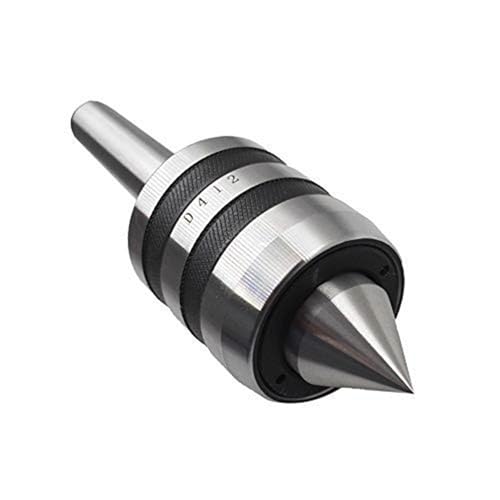ruzzie
Well-Known Member
I knocked up grinding spindle and tried it out
Mechanically I have found that my grinding spindle motor needs more hp a 100W is not enough.
A few things that I though may be helpful -
1-Linear moves:- To allow cutting the full width of a cam when using a narrow grinding wheel or ballnose cutter.
2-Continuous rotation:- If you cut in the one direction all the time then there should be no backlash to worry about
and it may speed the process up by not having to "rewind after each cut".
3-Finishing cuts "spring cuts":- To specify how many rotations the finish cut should do before the grinding wheel moves away.
E.g. Specify 5 spring cut so the cam will do 5 continuous rotations of the finish cut to clean up any high spots or spring in the cam.
I only got a 1/4 of the profile done as it was taking to long with my current setup
I am now on the lookout for a more powerful motor to see what damage I can do.
Cheers
Paul

Mechanically I have found that my grinding spindle motor needs more hp a 100W is not enough.
A few things that I though may be helpful -
1-Linear moves:- To allow cutting the full width of a cam when using a narrow grinding wheel or ballnose cutter.
2-Continuous rotation:- If you cut in the one direction all the time then there should be no backlash to worry about
and it may speed the process up by not having to "rewind after each cut".
3-Finishing cuts "spring cuts":- To specify how many rotations the finish cut should do before the grinding wheel moves away.
E.g. Specify 5 spring cut so the cam will do 5 continuous rotations of the finish cut to clean up any high spots or spring in the cam.
I only got a 1/4 of the profile done as it was taking to long with my current setup
I am now on the lookout for a more powerful motor to see what damage I can do.
Cheers
Paul
































![TurboCAD 2020 Designer [PC Download]](https://m.media-amazon.com/images/I/51UKfAHH1LL._SL500_.jpg)


















![DreamPlan Home Design and Landscaping Software Free for Windows [PC Download]](https://m.media-amazon.com/images/I/51kvZH2dVLL._SL500_.jpg)














